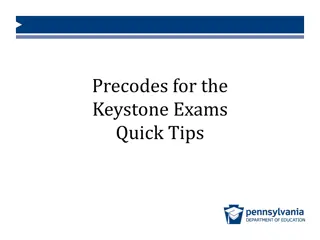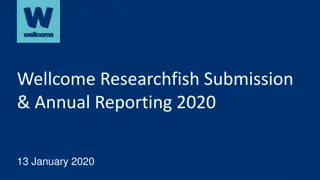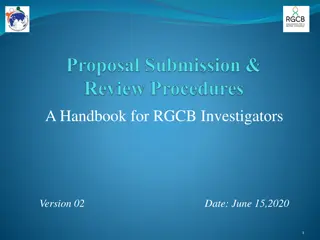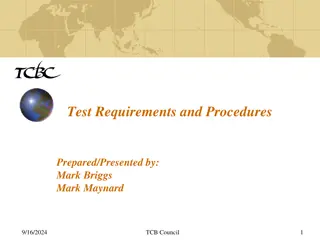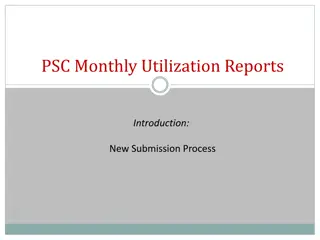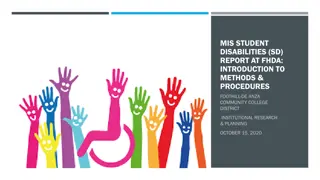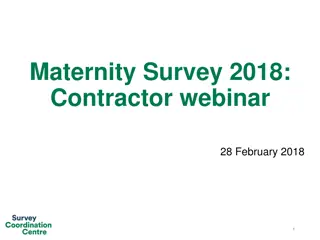Methods and Procedures for Data Submission at FHDA
This document provides an overview of the methods and procedures used for data submission by FHDA CCD to the California Community Colleges Chancellor's Office Management Information Systems. It covers topics such as data validity, technology, MIS data validation processes, annual and quarterly MIS reports, and steps for submitting data to MIS. The importance of data quality, data custodians, and the data validation cycle are also highlighted.
Download Presentation

Please find below an Image/Link to download the presentation.
The content on the website is provided AS IS for your information and personal use only. It may not be sold, licensed, or shared on other websites without obtaining consent from the author.If you encounter any issues during the download, it is possible that the publisher has removed the file from their server.
You are allowed to download the files provided on this website for personal or commercial use, subject to the condition that they are used lawfully. All files are the property of their respective owners.
The content on the website is provided AS IS for your information and personal use only. It may not be sold, licensed, or shared on other websites without obtaining consent from the author.
E N D
Presentation Transcript
MIS at FHDA Overview of methods and procedures used for data submission by the FHDA CCD to the California Community Colleges Chancellor s Office Management Information Systems Lourdes del Rio-Parent, PhD March 2024
Overview Data validity: degree of confidence on the data to reach conclusions or make meaningful decisions o Degree of confidence is related to the degree to which we can identify and eliminate threats of the validity of the data Technology: set of tools or means to an end o Technology is what allows us to efficiently assess and monitor data quality o Research and data analysis drive the selection and use of technology
Overview (cont.) MIS data validation processes are designed to assess and improve the data quality in the information systems at the District. o Improving the data quality at the main sources (e.g., Banner, ClockWork) helps others at the District who work with these data. Data custodians (i.e., persons designated by a program or department to be in charge of the data cleanup) play a critical role in data validation processes, including the design of reports to be used during the data cleanup cycle.
Overview (cont.) Annual and quarterly MIS reports follow the same general process for data cleanup, which consists of the following basic procedures: o Update custom tables and views; these include tables that store data extracts from sources such as Degree Works, SARS, ClockWork, National Student Clearinghouse, CCC data warehouse, CCC Curriculum Inventory and others. o Schedule and run data cleanup reports for the reporting academic period; these reports will run until submission date, unless all errors are cleared or data is confirmed as accurate by the program coordinator or data custodian.
Overview (cont.) o Submit data to MIS. Data for categorical programs and some special population groups needs to be confirmed by the program coordinator prior submission date. o Publish submission report; this document identifies issues still pending by the time of submission (e.g., records rejected by the MIS server, data for categorical programs or special populations not confirmed-not submitted). It also provides a summary of the data submitted with special emphasis on unexpected changes. Reports for each submission are available at the FHDA MIS reports website, https://research.fhda.edu/mis_reports/. o Resubmit data. All quarterly and academic program reports are re-submitted at least once.
MIS Reporting: Main Steps Schedule data cleanup reports (Argos), which will be emailed to data custodians at least once a week during the data cleanup cycle (about four weeks prior submission date). Submit data: data for all categorical programs and some special population groups needs to be reviewed/confirmed by the program coordinator at the college prior submission date. Publish submission report in website to document pending issues to be resolved prior resubmission date. Email all data custodians about the data submission status. Resubmit data: quarterly reports and academic programs are always resubmitted at the end of the year. Update MIS custom views and tables (data from external sources, crosswalk tables)
Methods: Tools and Applications SQL Developer: used to create and update tables, views functions, and scripts used for MIS data cleanup and reporting. TOAD: allows to easily export/download data (e.g., data download from Banner, SARS). Argos-Ellucian: used to schedule and email data cleanup reports (i.e., email with csv attachment), which are designed to identify data errors in the Banner system that need to be resolved prior submission date. It s also used to help identify students served by categorical or special programs at each college during the reporting term. SAS: used to process data from Banner and other external sources to create the files to be submitted to MIS. It s also used to process and format data from external sources to be uploaded to custom tables used for MIS reporting. SAS allows great flexibility when updating and managing the MIS reports. Excel: used to create reports that allow data custodians more flexibility when reviewing the data (e.g., create tables with filters).
MIS Reporting: Argos The Argos data cleanup reports are scheduled to begin running about four weeks before the date for data submission. Data custodians receive the corresponding report(s) at least once a week. The report includes an email with the submission date and instructions (e.g., description of data fields included in the report), and a csv file with the data at issue. Data custodians will stop receiving the report once all data issues are resolved in the Banner system/data is confirmed as correct. Banner (Production)
Submission Reports Submission reports are designed to help data custodians and administrators across the District identify threats to the validity of the data submitted (for example, issues still pending as shown by the latest Argos data cleanup reports, records rejected by the MIS system, data for categorical program not confirmed-not submitted, or missing data). The reports also include summary statistics for the data submitted and compare these to related statistics for the prior academic period to identify unexpected or significant changes that may indicate issues that need to be addressed prior resubmission at the end of the year. Submission reports and information on method and procedure for each report can be found at the FHDA IRP MIS website: Quarterly reports, https://research.fhda.edu/mis_reports/ Financial aid, https://research.fhda.edu/mis_reports/mis_financial_aid/ Programs awards, https://research.fhda.edu/mis_reports/mis_sp_program_awards/ Employee reports, https://research.fhda.edu/mis_reports/mis_employee_reports/ Student placement, https://research.fhda.edu/mis_reports/mis_sl_student_placement/ Student assessment, https://research.fhda.edu/mis_reports/mis_sa_student_assessment/
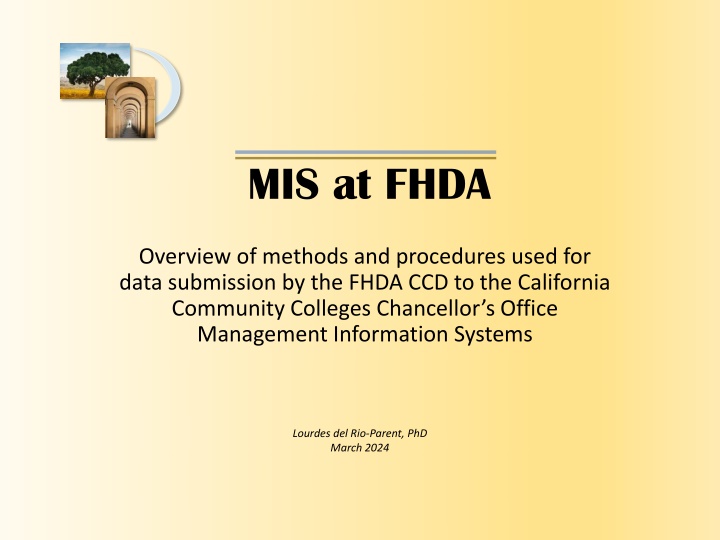


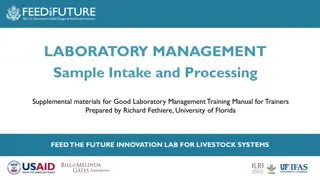
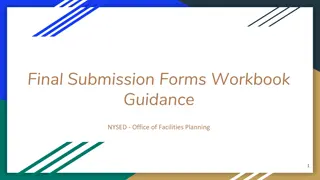
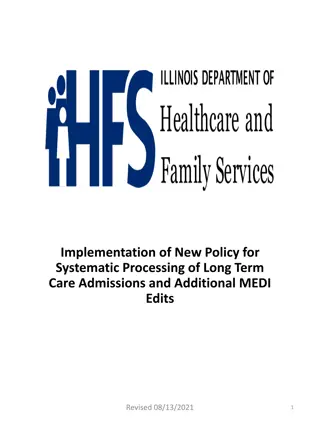

![ANC Women's League Oral Submission on Expropriation Bill [B23.2020]](/thumb/136076/anc-women-s-league-oral-submission-on-expropriation-bill-b23-2020.jpg)
